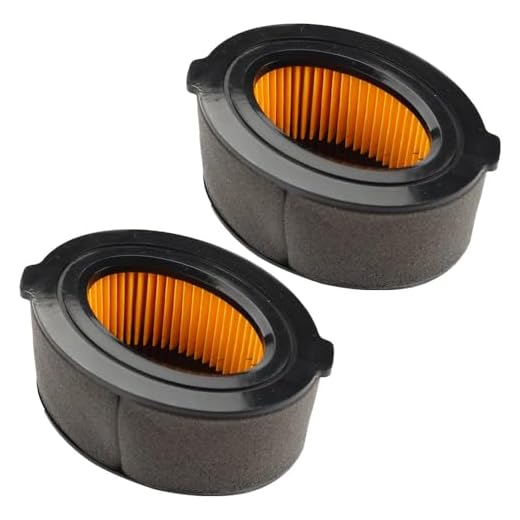

If your cleaning machine is experiencing heat issues, examine the water supply first. An inadequate flow can lead to overheating. Ensure that the inlet hose is not kinked, clogged, or damaged, allowing proper water intake to the unit.
Next, check the filter screen located in the water inlet. A buildup of debris can restrict water flow, causing the pump to work harder and heat up. Regular cleaning of this component is crucial to maintaining optimum performance.
Inspecting the pump seals and bearings is equally important. Worn or damaged components can lead to friction, which generates excessive heat. If you notice any leaks or unusual noises, consider replacing these parts to protect the machine from further damage.
Lastly, ensure the motor is not overloaded. Operating below the recommended standards, like using the unit for too long without breaks, can contribute to heat accumulation. Adhering to the manufacturer’s guidelines regarding usage duration can prevent overheating and extend the unit’s lifespan.
Common signs of overheating in pressure washers
Look for unusual noise patterns, such as grinding or whining, indicating potential mechanical issues. If you hear these sounds, it’s time to inspect the unit carefully.
Check for a decrease in water flow. If the stream becomes weaker than usual or fluctuates dramatically, this might be a sign that the machine is struggling to cool down.
Monitor the temperature of the machine’s casing. If it feels excessively hot to the touch, this suggests that internal components may be operating beyond their limits.
Watch for frequent shutdowns. If the device stops operating unexpectedly, this could be a protective measure activated by internal sensors due to elevated temperatures.
Inspect the water discharge for changes in colour or quality. If you observe discolouration or a significant amount of debris, it could mean that the system is battling internal stresses.
Pay attention to the smell of burnt components. Any electric or burnt odour should prompt immediate investigation, as this indicates severe issues within the inner workings.
Lastly, check for leaks around seals and joints. Excess moisture could signify that the machine is working too hard and may be at risk of overheating.
Impact of Water Supply Temperature on Performance
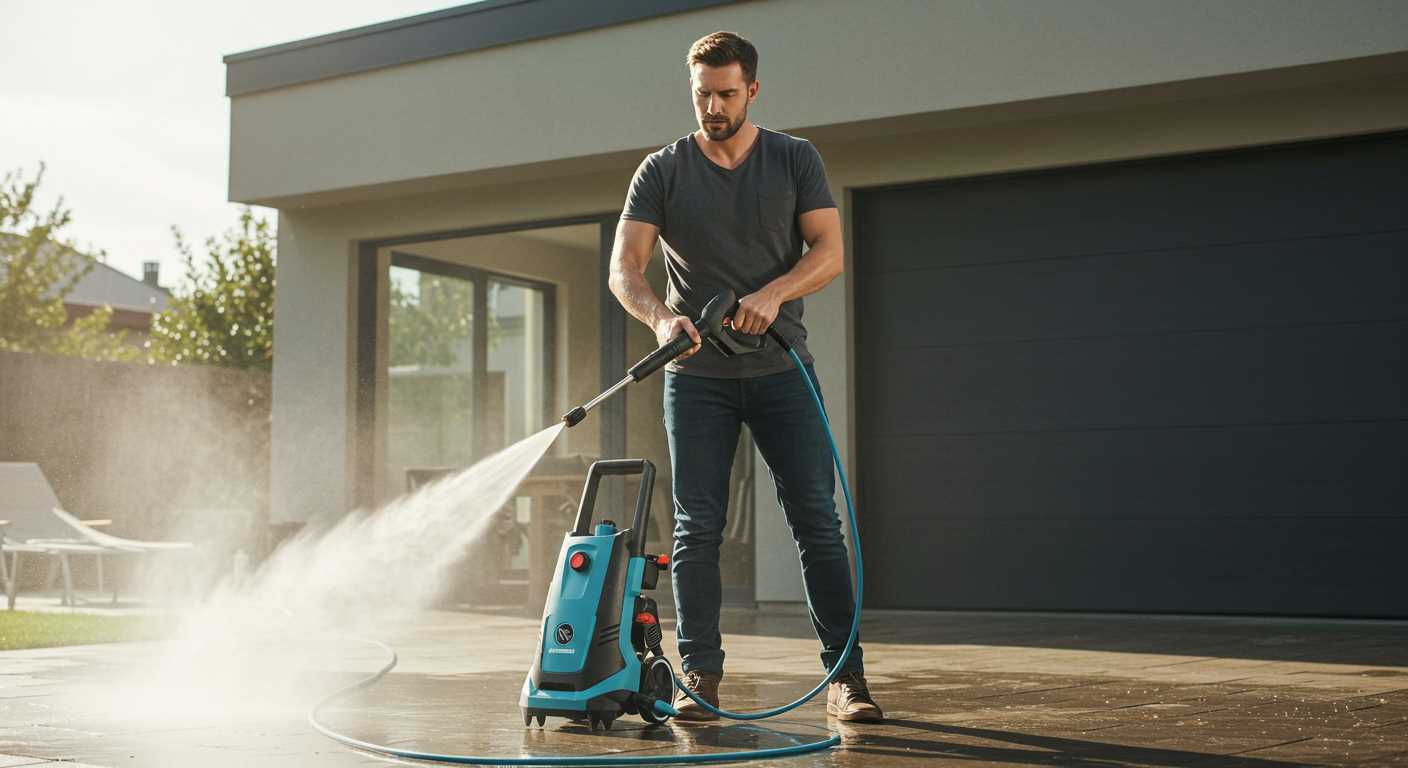
Using cold water for your equipment ensures it operates correctly; hot water can lead to excess wear and thermal stress. The ideal supply temperature is usually between 15°C and 30°C. Water above 30°C can result in decreased cleaning efficacy and increase the likelihood of component damage.
As the water temperature rises, the viscosity of the detergent used can change, impacting its ability to emulsify dirt and grease effectively. For optimal results, select detergents suitable for your water temperature. If the water is too warm, dilute with cooler water as needed.
Ensure the water supply is consistent and within the recommended temperature range to avoid thermal fluctuations that can strain seals and hoses, leading to premature failure. Regular maintenance checks on the inlet filter can also ensure a consistent flow of suitable temperature water, preventing issues related to overheating and equipment longevity.
Role of clogged filters in overheating issues
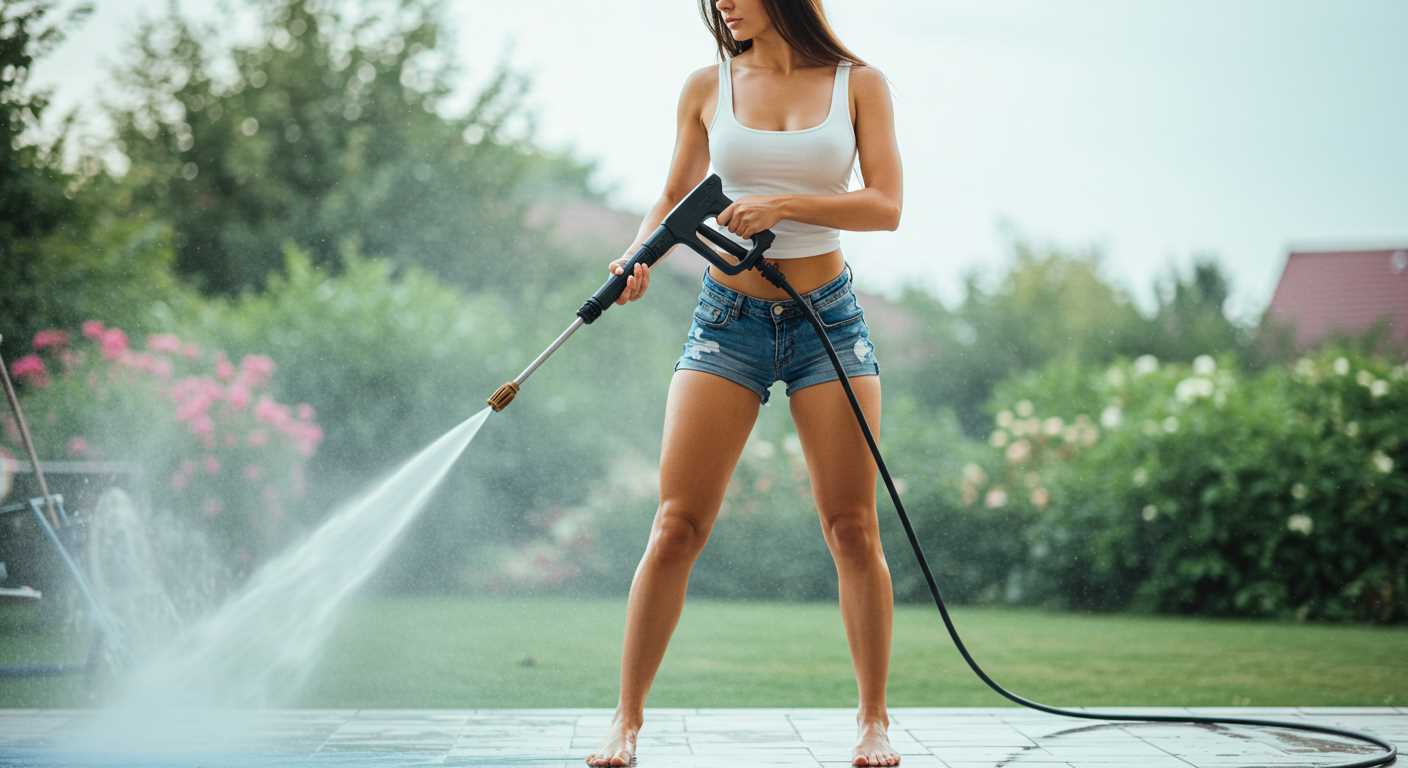
Clogged filters significantly compromise water flow, which can lead to elevated temperatures in the motor and pump assembly. To mitigate this, regularly inspect and clean the filters according to the manufacturer’s guidelines–this will enhance performance and longevity.
Impact of clogged filters
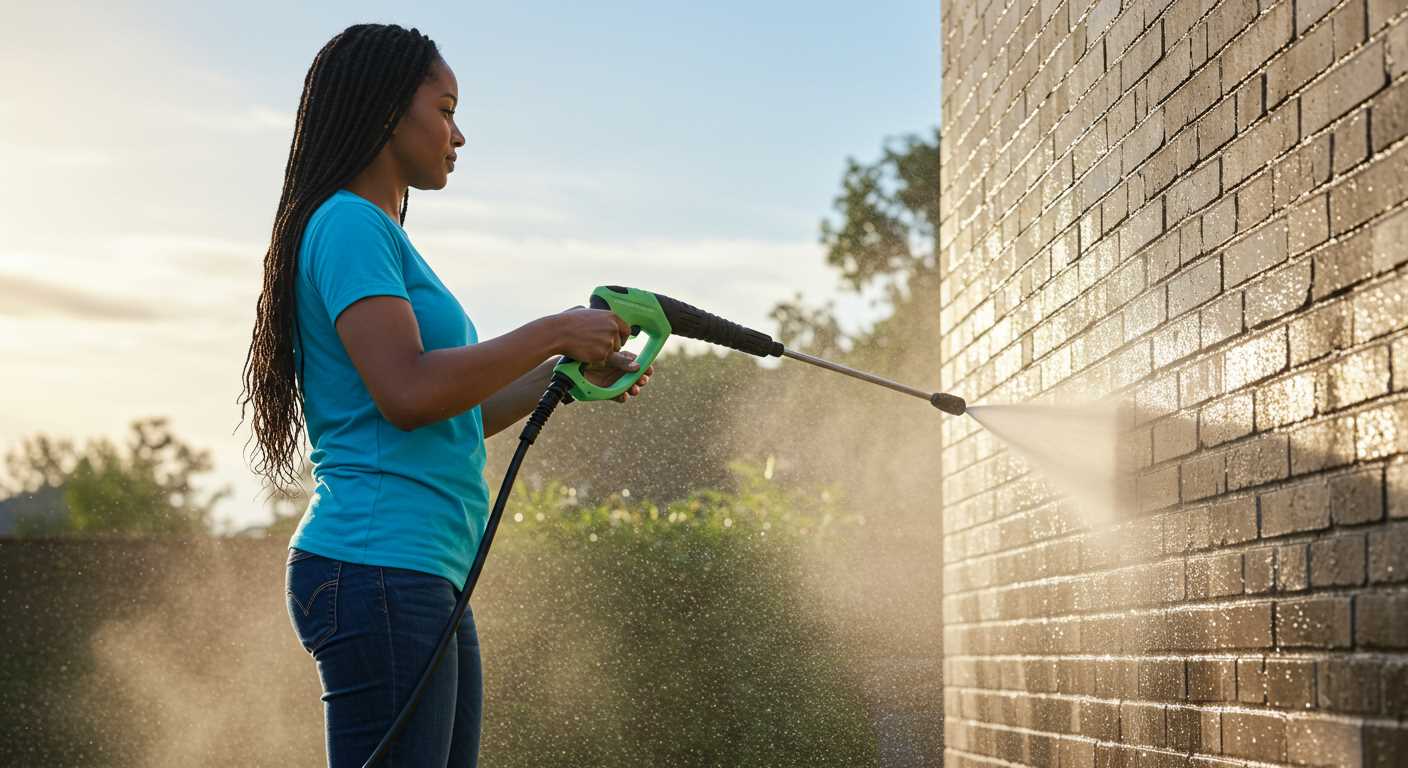
When filters become obstructed, the pump struggles to draw in sufficient water. This results in the unit working harder to maintain pressure, ultimately causing excessive wear and heat generation. If you notice a reduction in cleaning efficiency, it’s likely time to check the filter condition.
Maintenance recommendations
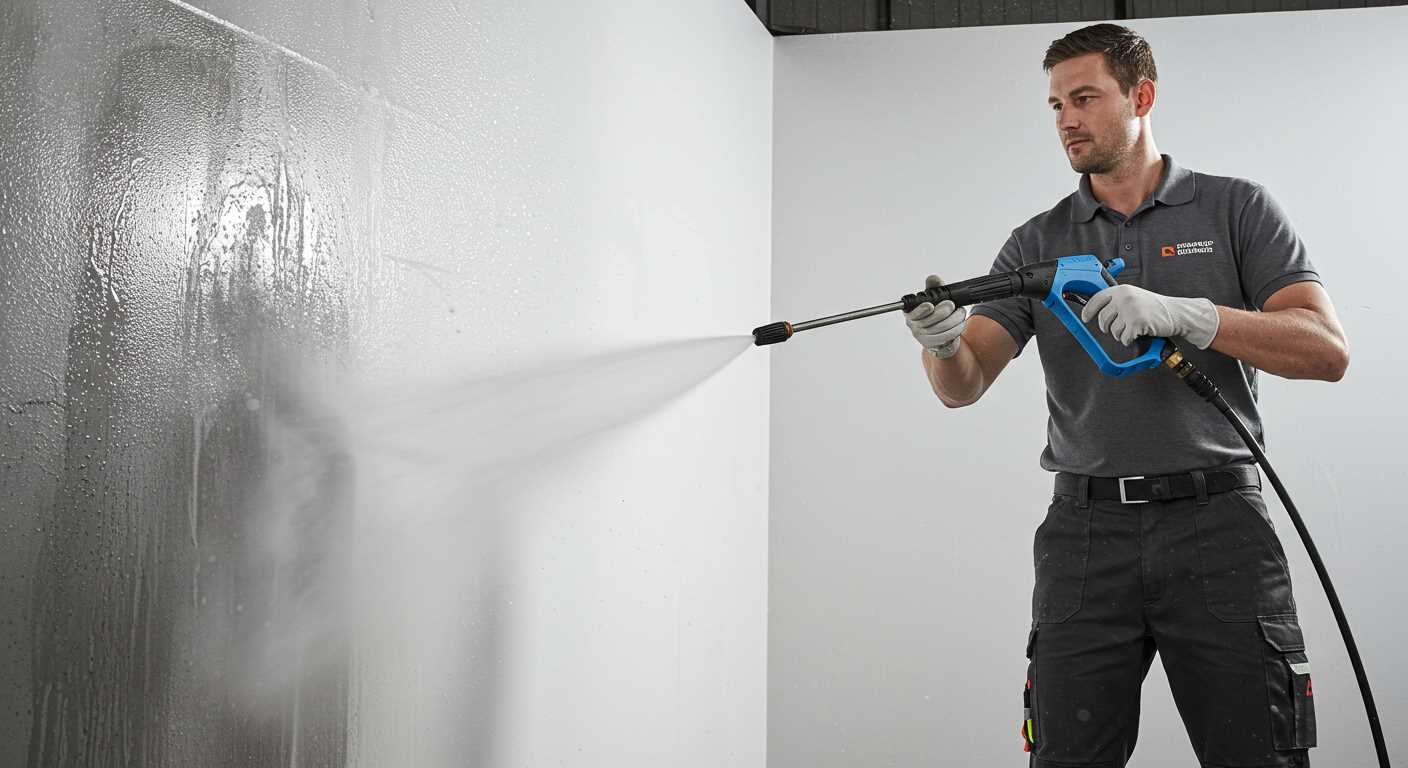
Implement a routine maintenance schedule that includes:
| Maintenance Task | Frequency |
|---|---|
| Inspect filters | Every month |
| Clean or replace filters | Every three months |
| Check for debris in the water source | Before each use |
Pay attention to filter types, as some require replacement rather than cleaning. Adhering to these tasks can help prevent issues related to heat buildup and will ensure your equipment operates effectively.
How improper nozzle selection can lead to overheating
Choosing the correct nozzle is critical for maintaining optimal operating temperature. Using a nozzle with too small an orifice restricts water flow, which can cause significant heat build-up within the unit. This restriction impacts the cooling of the internals, leading to elevated temperatures and potential failure.
A nozzle designed for a higher pressure setting may output a concentrated stream that exacerbates this issue. When the water flow decreases while pressure remains high, the stress on the pump and motor increases, contributing to overheating. I have observed that many users overlook the specified nozzle recommendations in the manuals, resulting in poor performance and device malfunction.
Using wide-angle nozzles for heavy-duty tasks may seem advantageous, but they can also lead to thermal issues if the pressure is still set too high. In such cases, the larger spray area does not effectively wash away dirt and grime, often causing users to hold the trigger for longer and thus increasing the operational time under stress.
Always match the nozzle size and type to the tasks at hand. If unsure, refer to the manufacturer’s guidelines or consult with someone knowledgeable. A few minutes spent on correct nozzle selection can save you from costly repairs and enhance the longevity of your equipment.
Effects of Prolonged Use Without Breaks on Machine Temperature
Continuous operation leads to increased internal temperatures that can compromise performance and longevity. Periods of high activity generate excessive heat, reducing the efficiency of various components, including the pump and motor. This incremental rise in temperature can quicken wear and tear, leading to premature failures.
To mitigate risks, I recommend implementing scheduled breaks to allow the unit to cool down. Taking five to ten minutes off every 30 minutes of heavy use can enhance the durability of the machinery. Regular pauses allow lubricants to redistribute, ensuring optimal function and reducing the likelihood of thermal damage.
Monitoring the working environment is also crucial. Higher ambient temperatures can exacerbate the heating issue. Conducting operations during cooler parts of the day or in shaded areas can help reduce overall load on the equipment. Adopting these strategies will significantly lessen thermal stress and extend the life of the device.
Regular maintenance checks are equally important. Components such as hoses and connections should be free from blockages and kinks, as these can create additional strain and raise temperatures. Ensure all parts are functioning optimally to help manage heat levels during extended tasks.
Maintenance Tips to Prevent Excessive Temperature Rise
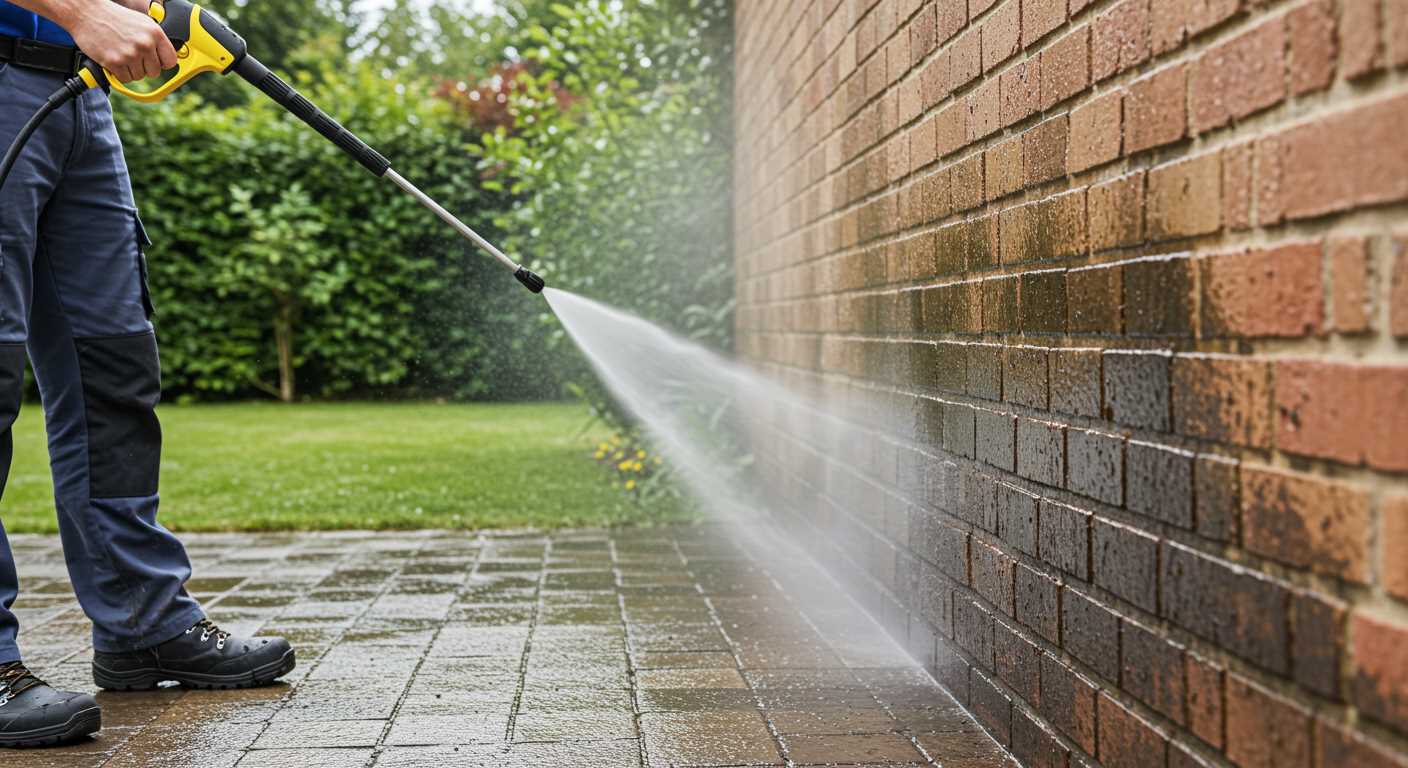
Regularly inspect hoses and connections for any signs of wear or damage. Replace any components showing deterioration to avoid restricted water flow, which can lead to higher operating temperatures.
Routine Cleaning
Clean filters and screens frequently. Clogged components can impede water intake, resulting in the unit running hotter than normal. Maintain a schedule for this cleaning based on usage frequency.
Fluid Checks
Ensure that the oil levels in the motor are adequate, and replace the oil according to the manufacturer’s instructions. Low oil can cause excessive friction and lead to overheating.
Implement cool-down periods during extended operation. Allow the machine to rest periodically to maintain an optimal temperature. This practice will enhance longevity and performance during demanding tasks.
When to Seek Professional Help for a Malfunctioning Cleaning Device
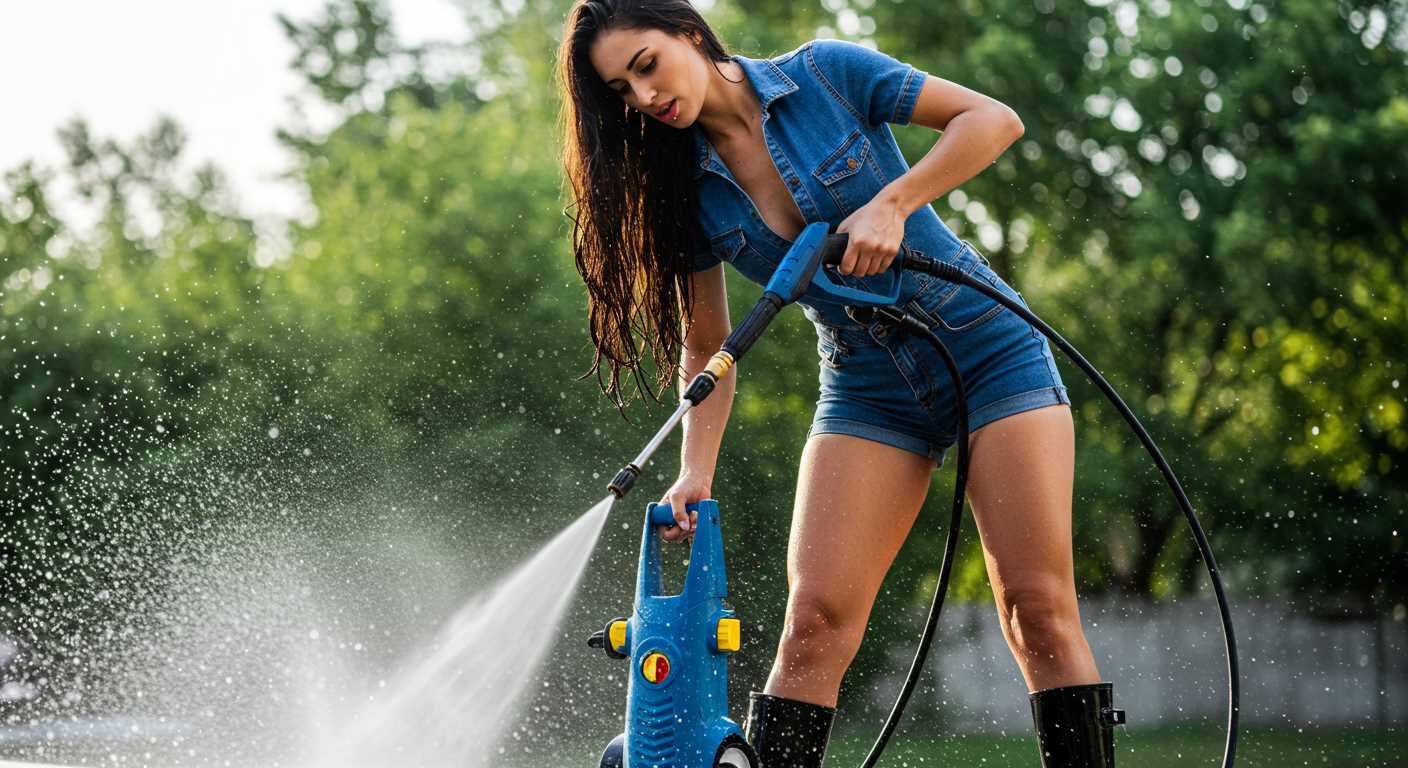
If you’ve noticed unusual performance issues or persistent heat generation despite following maintenance guidelines, it’s time to consult a professional. Here are specific scenarios that warrant expert assistance:
- Persistent Unresponsiveness: If the motor fails to start or operate intermittently after troubleshooting basic electrical connections, seek professional diagnosis.
- Strange Noises: Unusual sounds, such as grinding or rattling, can indicate internal damage. A technician can safely assess and repair internal components.
- Frequent Shutdowns: Continuous motor cut-off during use suggests deeper mechanical failures. This condition requires immediate examination by a qualified technician.
- Excessive Leakage: Signs of significant water or fluid leaks can point to seal or pump issues. Getting these repaired promptly can prevent further damage.
- Electrical Issues: If you notice burning smells or signs of electrical shorts, stop using the unit and call for professional service to manage potential fire hazards.
- Overheating After Repairs: If the unit continues to run hot despite repairs, the problem might not be resolved completely, necessitating expert evaluation.
Addressing these issues early with professional help not only protects your investment but also ensures safety during operation. Regular assessments by trained technicians can extend the lifespan of your equipment significantly.


